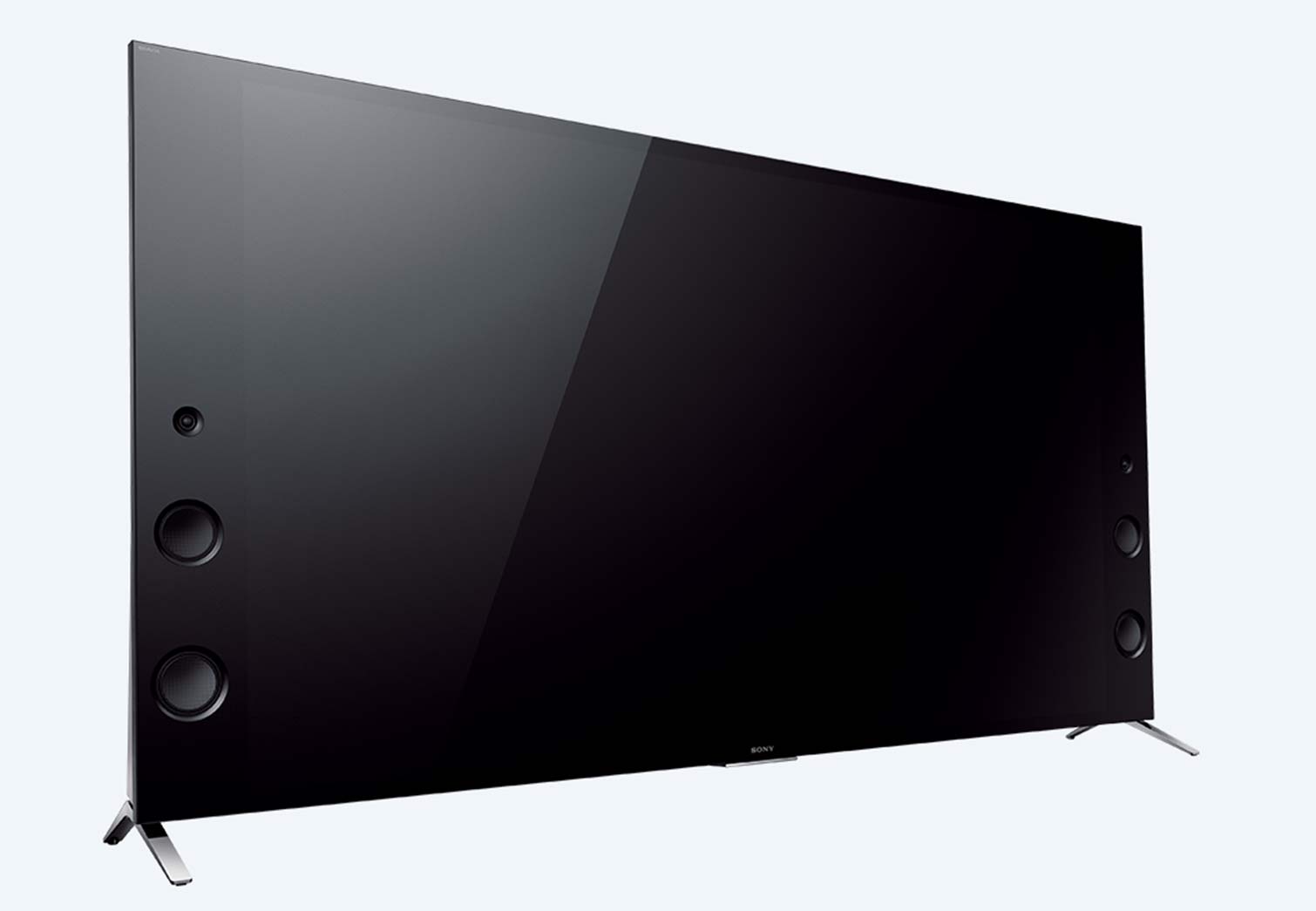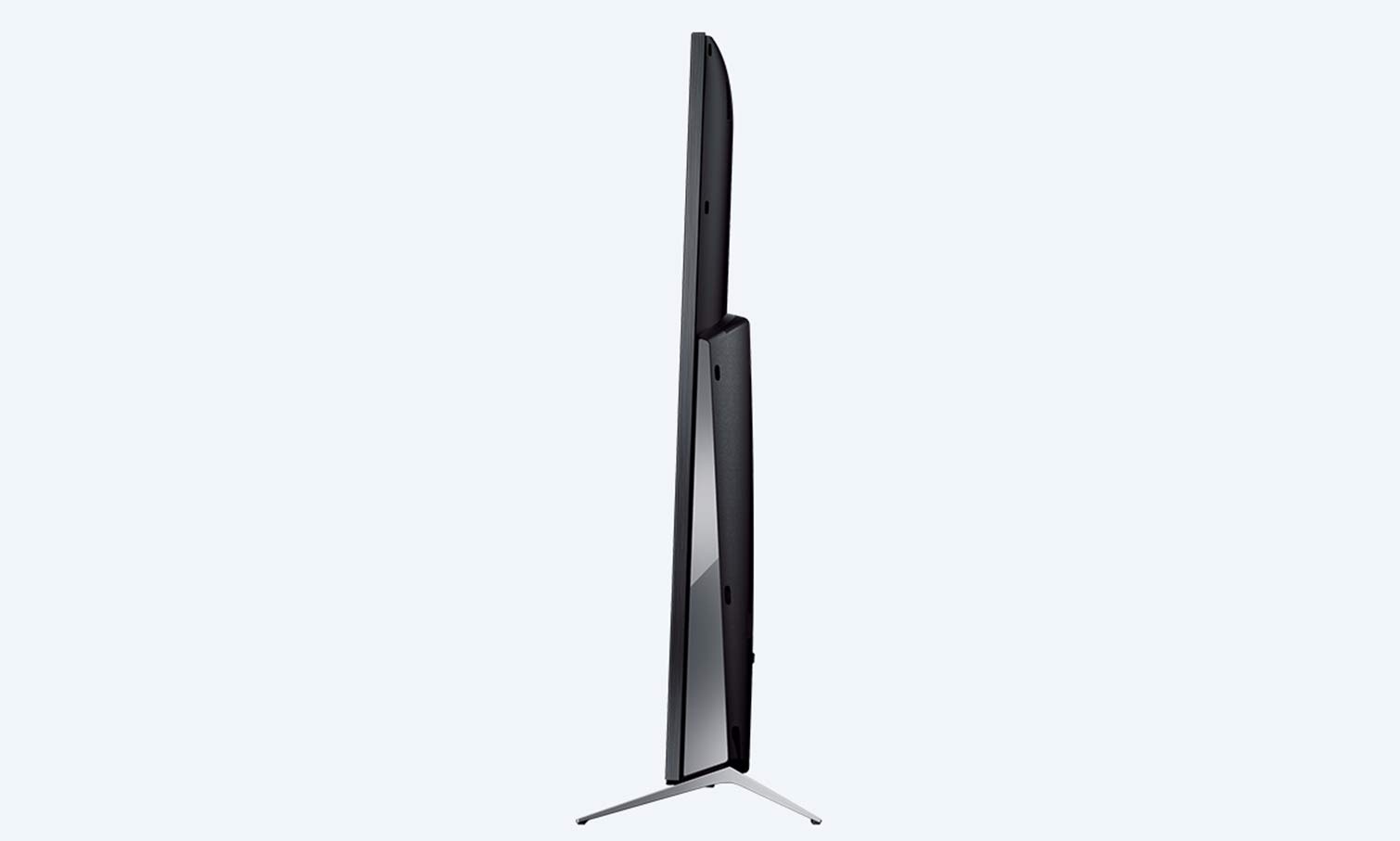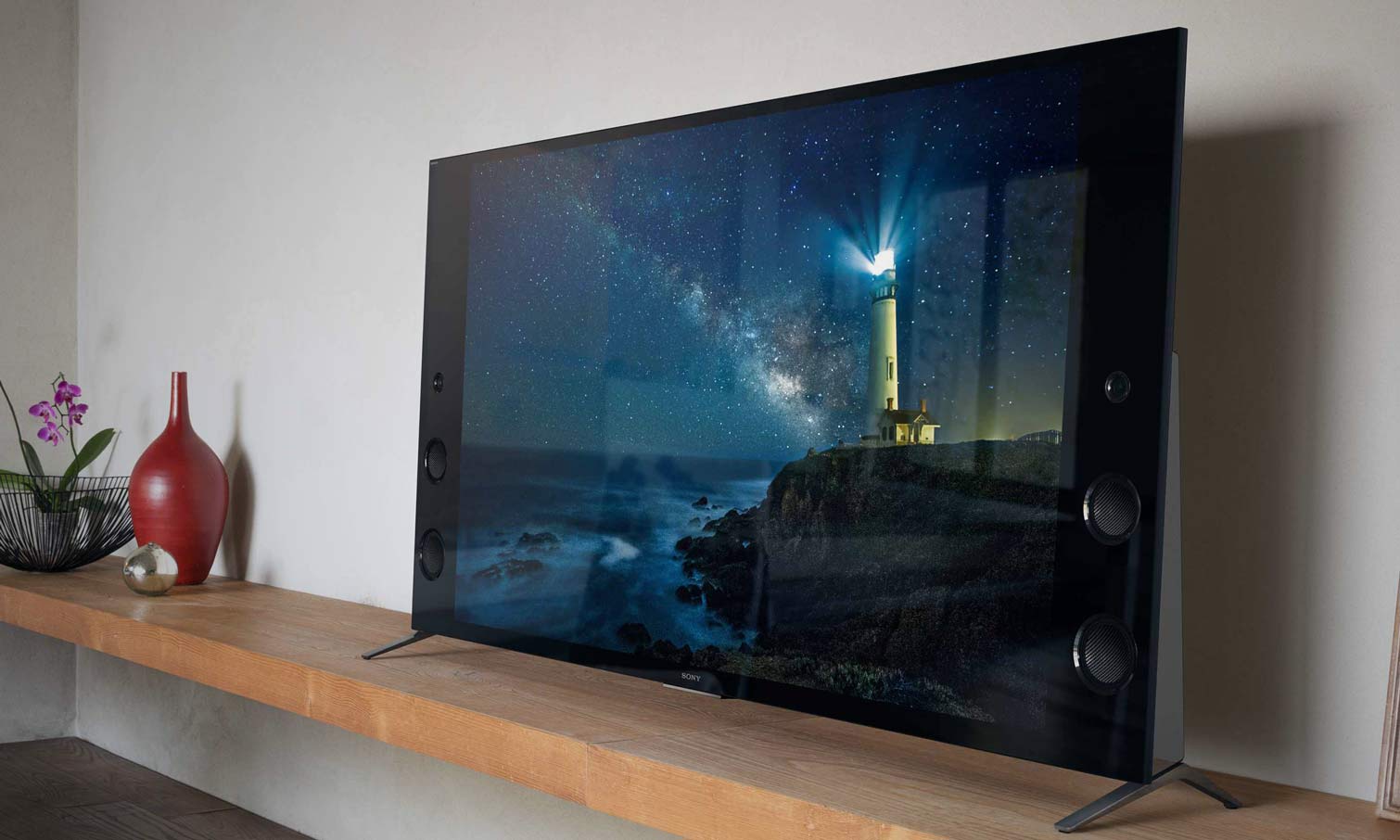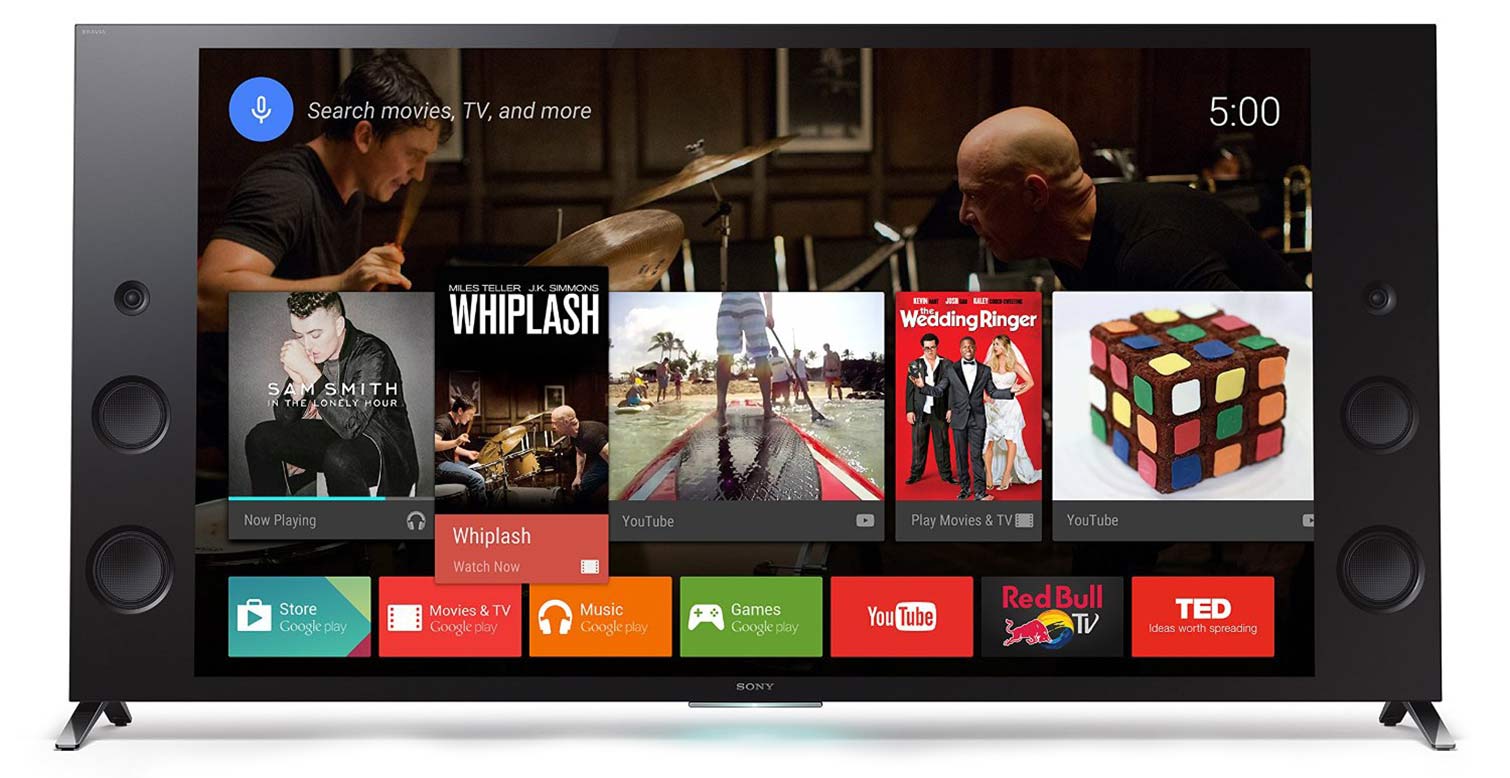Tom's Guide Verdict
The Sony Bravia X930C is a state-of-the-art 4K set with HDR support and impressive built-in speakers.
Pros
- +
Excellent contrast
- +
Expanded color and HDR support
- +
Top-flight sound reproduction
Cons
- -
Big design with conspicuous speakers
- -
Tricky remote controls
Why you can trust Tom's Guide
It's axiomatic in televisions, even high-end models, that it's all about the picture, forget about the sound. But Sony's Bravia X930C is a rarity: a big, bold design that combines a knockout picture with killer audio.
For those who appreciate the finer things in life, and can afford them, the Sony X930C is a 65-inch 4K ultra-HD (3840 x 2160 pixels) set that also supports the forthcoming generation of programming. This new feature uses HDR, or high dynamic range, technology to boost colors and brightness. At about $3,800, this LCD set uses edge-lit LED lighting, Google's Android TV software for its smart features and Sony's own Triluminos technology.
Sony insists the Triluminos design is different from, and superior to, quantum dots used on some other sets, although the company remains mum on precisely how the technology works. The bottom line is that it's intended to expand the spectrum of colors the set can display, and in our tests it proved able to do exactly that.
Design: Heavy duty
Bucking the trend of making flat-panel sets as slim as possible, Sony decided to take the audio problem of such razor-thin sets head on and simply build what was needed to produce better sound. That entailed side-mounted speakers with exposed drivers, a thicker overall chassis (a little over 3.5 inches deep) and a somewhat heftier design (the set weighs over 104 pounds). But it's all worth the extra girth.

While I initially found the added side speakers visually distracting, I soon became inured to their appearance and won over by their excellent sound reproduction. There are six drivers (three on each side) plus two rear-venting subwoofers. The set sits steady on tabletop legs mounted on either side.

The Sony X930C includes all the requisite inputs and connections, including Wi-Fi, Bluetooth, Ethernet and coaxial cable connections. There are three USB ports, four HDMI plugs, and composite and component video inputs and audio (digital and analog) outputs. (For die-hard 3D fans, the X930C uses the active technology and includes two pairs of glasses.)
Performance: Detailed and dynamic
The Sony X93OC delivered some of the widest color-spectrum numbers we've seen in our testing and some of the subtlest shades of contrast. It's almost a cliché with Sony TVs at this point, but the skin tones are more lifelike and healthier-looking, without turning every actor's skin pink. The expanded color gamut afforded by the HDR support also revealed richer reds in some pre-recorded HDR 4K content (an increasing amount of which is now available from Amazon).
The Sony X93OC delivered some of the widest color-spectrum numbers we've seen
For ultra-HD viewing, the X930C delivers all the detail and density you'd expect. In The Blacklist, the heroine's green jacket and magenta blouse were vibrant without becoming overpowering.

Up-scaled HD content still constitutes the majority of programs available to watch these days. Fortunately, the Sony X930C does an excellent job here as well. In Cinema mode with scenes depicting stars against a dark sky, the set's deeper blacks best those of most LCD sets, even full-array backlit models like Vizio's M-Series. Blues are richer, and highlights, like when the sun hits Daniel Craig's face in Skyfall, don't get washed out like they do on other TVs
MORE: Our Favorite 4K (Ultra HD) TVs Available Now
The X930C also handles rapid action sequences without adding blurry artifacts or dropping out image elements. With scenes full of stars, there's a reduced brightness in the Sony X930C cinema modes. But it results in better contrast, and there are virtually no halo effects around bright objects or during transitions from light to dark.
Audio: Very impressive
The Sony X930C's built-in speakers are backed by a total of 90 watts of power (most sets have a measly 10 to 20 watts). The drivers use a magnetic fluid design that is intended to tighten up the speaker's response and eliminate distortion caused by excessive movement. The result is much-more-precise lower bass and midrange notes, which are apparent even in dialogue. For example, George Clooney's baritone came through clearly.
The speakers pack a whopping 90 watts of power (most sets have a measly 10 to 20 watts)
In musical passages, the speakers delivered punchier percussion and airier woodwinds. Even rip-snorting motorcycle engines and skittering tires sound more realistic on this set, and for audiophiles, the built-in sound system is rated to handle Hi-Res audio. (It can also up-scale audio tracks, but it tends to add a harshness that I didn't appreciate.)
Interface: Capable, complex
Sony is moving over to Google's Android TV interface to handle streaming online services, a welter of apps and switching among on-screen controls. This is a generally capable software approach, and there's extensive support for nearly every major music, video, sports and streaming app. It even supports casual games that can be played with an Android phone or the included smart remote.

The Home button on the remote brings up the most popular streaming services, such as Pandora, Vudu, MLB and Netflix. You can dig deeper for hundreds of apps as well.
However, it can be confusing switching between TV settings and entertainment sources (the vertical and horizontal options seem like a holdover from Sony's XMB interface). A search function helps in finding programming, but it has a Google bias: The search took me to Google Play for a Furious 7 rental by default, rather than offering me a list of options from a variety of sources (Roku TV does a better job in this regard).
MORE: Our Favorite Streaming Media Players and Sticks
Android TV also supports Google voice-search using the microphone on the supplied remote. It's helpful (if there's no one else around to interrupt you), but only as good as the regular search for finding programs.
The Sony X930C also supports PlayStation Now, which lets subscribers play older PS 3 games online using a PS controller. There's also Google Cast, which lets people play smartphone-based material on apps such as
YouTube beamed to the TV. However, Google Cast is clunky, redundant and arguably irrelevant given that you can forego wrestling with a phone and just play the material directly on the TV using the associated app.
Two clickers: Both not great
Sony tosses in two remote controls with the X930C: a conventional IR wand-style remote and a smaller wireless mouse-style one that forgoes buttons in favor of a touch pad. Both have awkward designs.
It shouldn't take practice to learn how to use a remote control
The standard remote's layout, with controls like Discover and Action Menu positioned around the four-way directional pad, causes miscues. A screen of movie suggestions will appear rather than the next-down menu item, for example.
On the other hand, the Bluetooth smart-remote's touch pad tends to be unpredictable and twitchy. It shouldn't take practice to learn how to use a remote control. Unfortunately, practice is exactly what you'll need to get comfortable with either of the included Sony remotes.
Bottom Line
If you are looking for the best picture available, the 65-inch Sony X930C is one of the finest, with the added benefit of excellent audio support. Other contenders are Sony's own larger sets, such as the 75-inch X940C, and OLED models from LG. At this level, what you'll prefer ends up being more a matter of taste than of quality. But one thing is certain: You won't go wrong by choosing this set.
John R. Quain has been reviewing and testing video and audio equipment for more than 20 years. For Tom's Guide, he has reviewed televisions, HDTV antennas, electric bikes, electric cars, as well as other outdoor equipment. He is currently a contributor to The New York Times and the CBS News television program.

